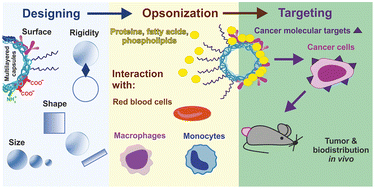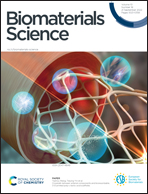Structure–function relationships in polymeric multilayer capsules designed for cancer drug delivery
Abstract
The targeted delivery of cancer drugs to tumor-specific molecular targets represents a major challenge in modern personalized cancer medicine. Engineering of micron and submicron polymeric multilayer capsules allows the obtaining of multifunctional theranostic systems serving as controllable stimulus-responsive tools with a high clinical potential to be used in cancer therapy and detection. The functionalities of such theranostic systems are determined by the design and structural properties of the capsules. This review (1) describes the current issues in designing cancer cell–targeting polymeric multilayer capsules, (2) analyzes the effects of the interactions of the capsules with the cellular and molecular constituents of biological fluids, and (3) presents the key structural parameters determining the effectiveness of capsule targeting. The influence of the morphological and physicochemical parameters and the origin of the structural components and surface ligands on the functional activity of polymeric multilayer capsules at the molecular, cellular, and whole-body levels are summarized. The basic structural and functional principles determining the future trends of theranostic capsule development are established and discussed.



 Please wait while we load your content...
Please wait while we load your content...